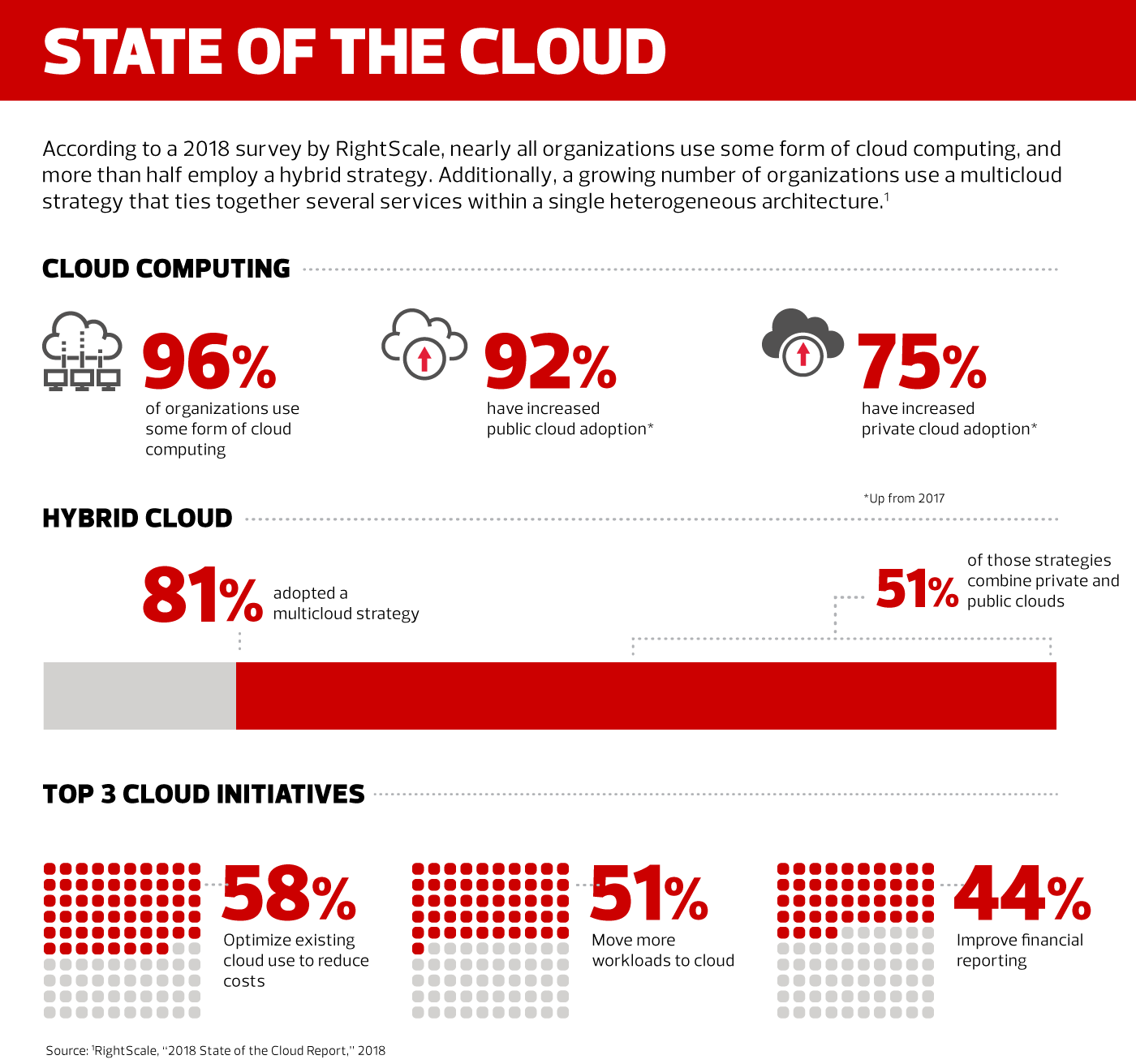Inefficient use of resources wasn’t the only problem. Performance also suffered. “The system didn’t crash, but there were slowdowns,” says Perry. “You might have to wait a few seconds for a transaction to complete.”
With the data center hardware aging and difficult to support, CSU put the hosting of its ERP system out to bid. It ultimately went with the same provider, but the system is now delivered via a hybrid cloud architecture that incorporates both on-premises hardware at a Santa Clara colocation center and public cloud resources.
On premises, the infrastructure features all-flash arrays and Dell EMC Power Edge Blade Servers with VMware — in all, fewer than 30 devices, down from more than 100 large servers in the previous setup. The move has improved performance and is saving $1 million a year.
“It’s much faster,” Perry says, noting that overall application speed has jumped about 35 percent. “Those performance issues have really gone away.”
MORE FROM EDTECH: Key considerations for your next higher education cloud storage solution.
Hybrid Cloud Offers Customized Control
“All of the same drivers for going to the public cloud — things like scalability, flexibility and, to some extent, cost — those are the same drivers for hybrid cloud,” says Betsy Tippens Reinitz, director of the enterprise IT program for EDUCAUSE. “But then, one reason people take a hybrid approach is that they often don’t want to give up control over certain workloads. And there may also be things that are just more cost-effective to run in your data center.”
That was the case for the University of North Texas, which adopted a hybrid cloud model in 2014. At that time, several teams managed disparate systems on campus.

“The operating cost was pretty high to manage something like that,” says CIO Rama Dhuwaraha. “At the time, most of the advice was go to the cloud. After I ran a cost model, I decided we needed a hybrid solution. Some of the systems were not cloud-ready, and it would cost us more to run them in the public cloud.”
A custom strategy let North Texas keep in-house only those systems where it made sense to do so.
Universities Use Hybrid Cloud to Fit Their Needs
Manhattan College, a private institution in the Bronx’s Riverdale neighborhood, ended up pursuing a hybrid cloud strategy almost by accident.
“It happened organically,” says CIO Jake Holmquist. “We were able to identify things that it made sense to move immediately, as well as things we needed to hold off on. It really grew over time. Over time, we dubbed it a hybrid data center.”
The college began pushing resources to Google Cloud Platform primarily to simplify its data center. It now runs parts of its ERP system in the public cloud while keeping other portions in-house.











